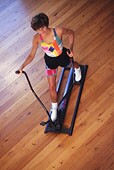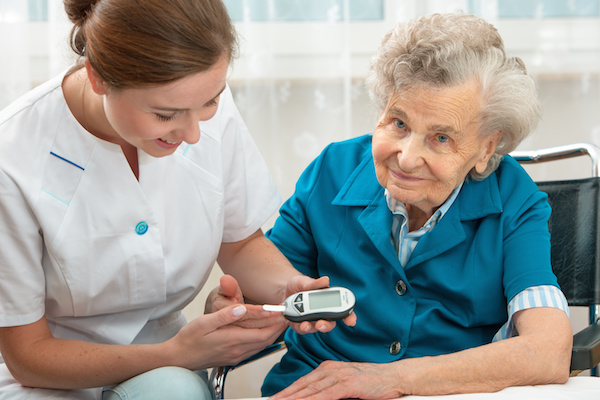
FRIDAY, May 28 (HealthDay News) — Short bouts of exercise can go a long way to reduce the impact stress has on cell aging, new research reveals.
Vigorous physical activity amounting to as little as 14 minutes daily, three day per week would suffice for the protective effect to kick in, according to findings published online in the May 26 issue of PLoS ONE.
The apparent benefit reflects exercise’s effect on the length of tiny pieces of DNA known as telomeres. These telomeres operate, in effect, like molecular shoelace tips that hold everything together to keep genes and chromosomes stable.
Researchers believe that telomeres tend to shorten over time in reaction to stress, leading to a rising risk for heart disease, diabetes and even death. However, exercise, it seems, might slow down or even halt this shortening process.
“Telomere length is increasingly considered a biological marker of the accumulated wear-and-tear of living, integrating genetic influences, lifestyle behaviors and stress,” study co-author Elissa Epel, an associate professor in the University of California San Francisco (UCSF) department of psychiatry, said in a news release. “Even a moderate amount of vigorous exercise appears to provide a critical amount of protection for the telomeres.”
Appreciation for how telomeres function and how stress might affect their length stems from previous Nobel-prize winning work conducted by UCSF researchers. Prior studies have also suggested that exercise is in some way associated with longer telomere length.
The current effort, however, is the first to identify exercise as a potential “stress-buffer” that can actually stop telomeres from shortening in the first place.
To identify this link, Epel and her co-authors focused on 62 postmenopausal women, and asked them to log how many minutes of vigorous physical activity — namely activity that increased their heart rate or induced sweating — they had completed every day over three days. Perceptions of stress were also solicited, and the researchers took blood samples to determine telomere length.
The team found that those women who were experiencing high levels of stress but were deemed “active” did not have shorter telomeres, whereas similarly stressed participants deemed “inactive” did.
Going forward, the study authors said that more research incorporating larger patient samples need to be conducted to confirm the findings and arrive at definitive recommendations for how much exercise might be needed to derive such cellular protection.
More information
For physical activity guidelines, visit the U.S. Centers for Disease Control and Prevention.

